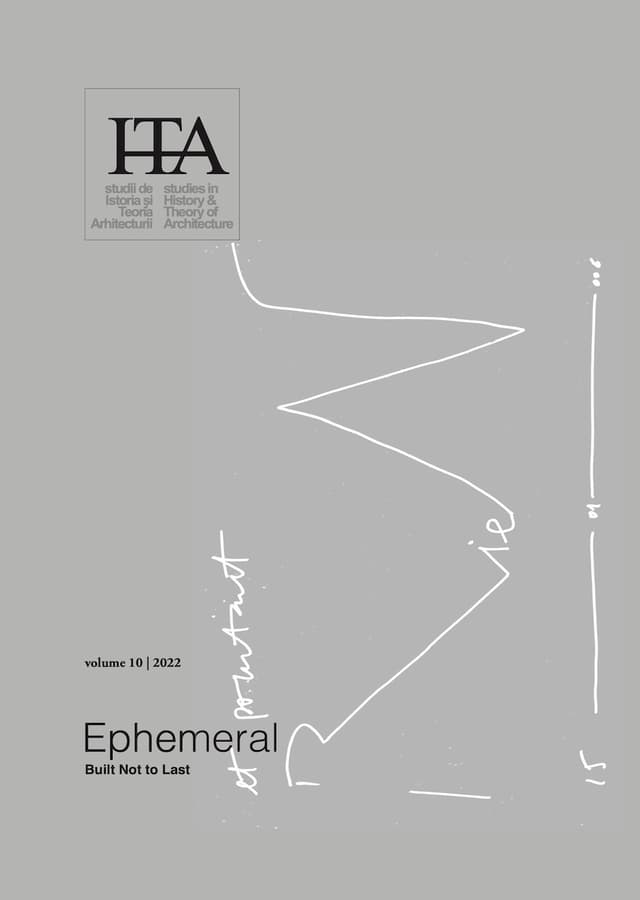Permanent Palaces and Transient Rooms:Uplotnenie or the Introduction to Ephemerality in theSoviet Domestic Interior
Permanent Palaces and Transient Rooms:
Uplotnenie or the Introduction to Ephemerality in the
Soviet Domestic Interior
by
Senem Yıldırım
Keywords
Soviet domesticity
communal room
urban fabric
Uplotnenie
History of Soviet housing is a complicated one. Majority of the existing literature of Soviet housing tend to focus on what has been built during Soviet regime, which creates the illusion that a new topology of an ideal revolutionary habitat imposing “collectivities of cohabitation”, replaced the existing historical texture of or dominated the landscape of the major Soviet cities. However, the reality of Soviet housing in the first few decades of the Soviet rule were wretchedly different than what has often been depicted. Almost 95 % of this new way of communal living in major cities of Soviet Republic was achieved not through building new residential blocks but by re-purposing the existing bourgeois apartments of the Tsarist Russia as communal apartments. This housing re-distribution regulation declared in 1917 and announced to the public with the catchy slogan: “Palaces to the Workers!” came to be known as Uplotnenie (English: condensation). As a part of Uplotnenie, the interiors former bourgeois quarters in major Soviet cities were reconfigured to have communal rooms while the outer shells -the facades- of the buildings were kept intact. The interiors of these buildings were divided with partitions to hold honeycomb shells of communal rooms according to sanitary standards determined by statisticians that would allow the optimum space to survive. The added partitions gave a temporal and flexible character to the rooms. Since the Soviet state had foreseen further reductions of the sanitary living area would be necessary as the industrial areas will continue to grow, the architectural solution for condensation of the apartments had to be flexible. The walls had to be mobile and could be rearranged at will. As expected, through the 1930s to 1950s, already-installed rooms within once-bourgeois rooms were re-installed to host more rooms. Thus, the space of a communal apartment was always in flux: fragmenting, changing shape, bifurcating and ever-ephemeral. While one’s room could disappear overnight, the outer shell of “the palaces”, demised as a remnant of the bourgeois regime, remained: persistent and permanent. This article focuses on permanent “palaces” and transient rooms. Focusing on the changing blueprints of communal apartments following Uplotnenie until 1950s, the aim here is to trace the ephemeral interiors and permanent exteriors of Soviet communal apartments.
Published in

Chicago citation style
DOI:
10.54508/sITA.10.17